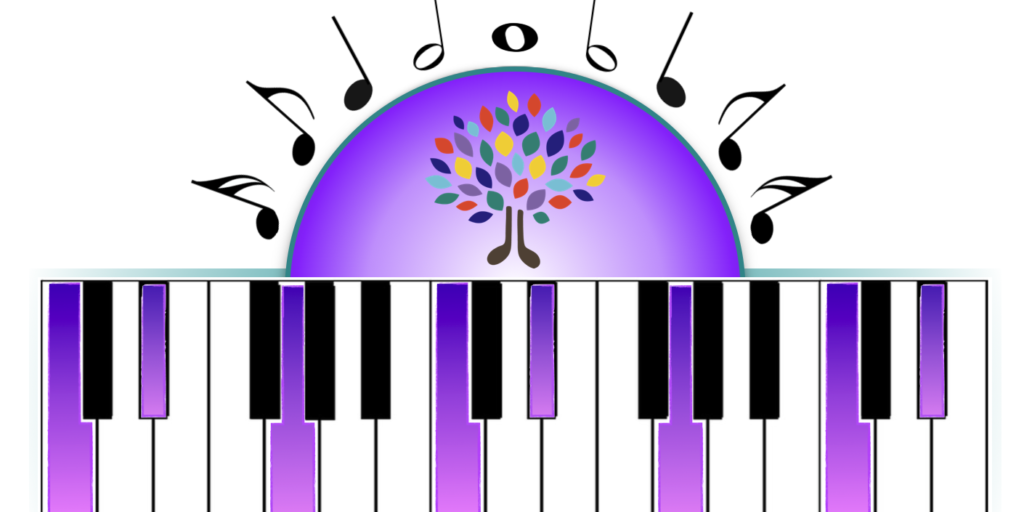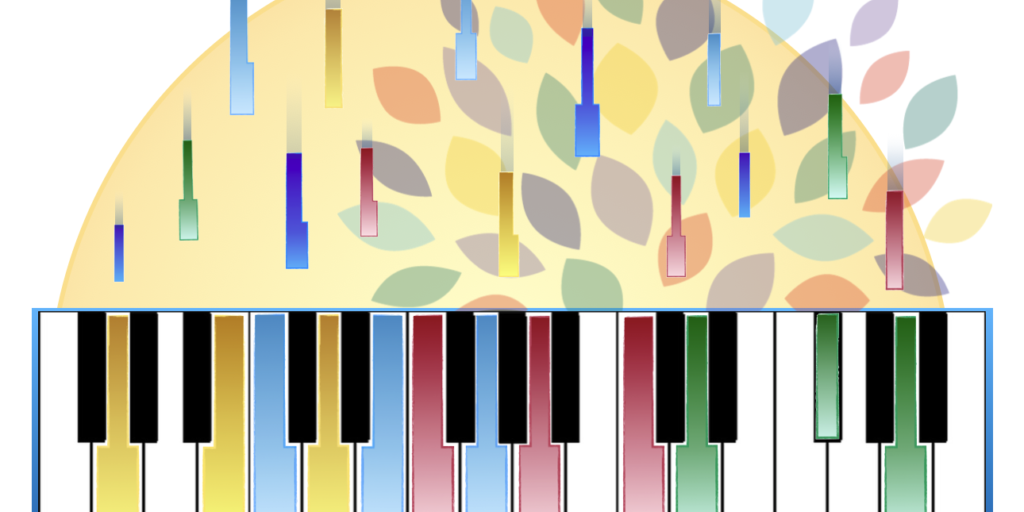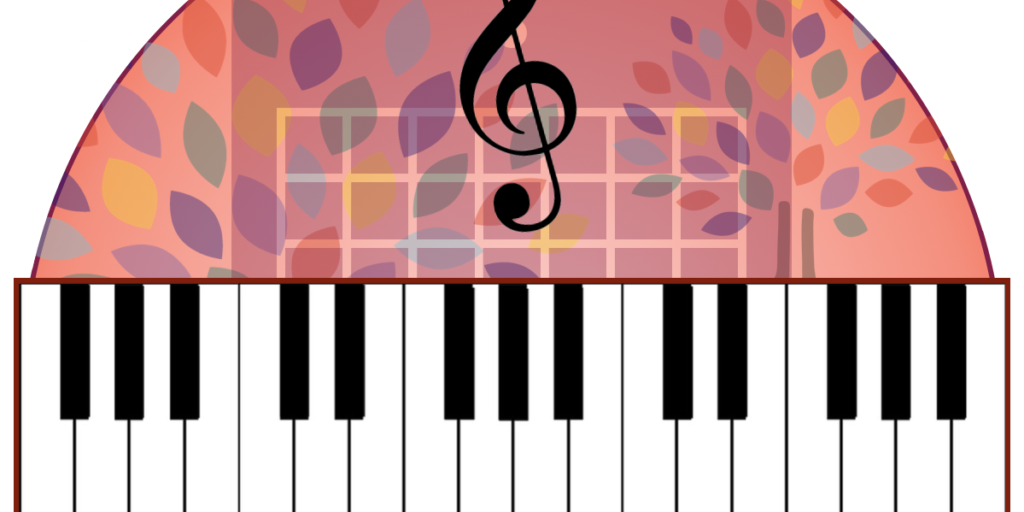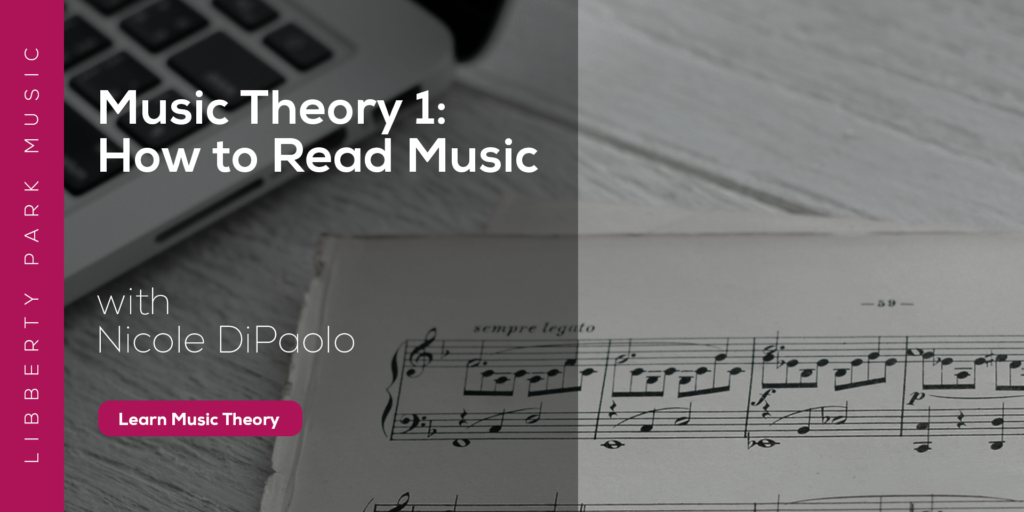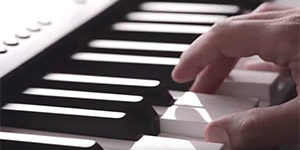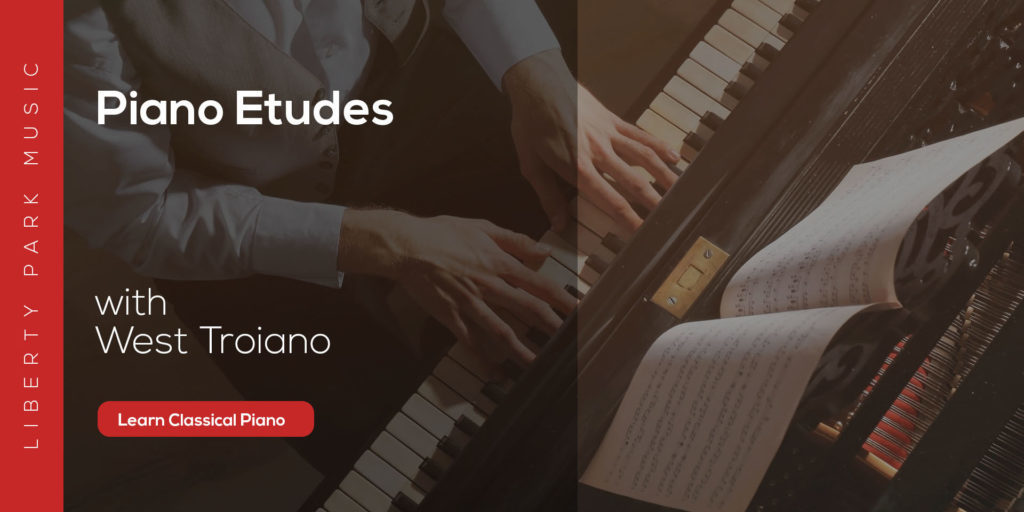
A metronome is a device that emits regular clicks or beeps in a constant beat (or pulse). The clicks of a metronome are measured in “beats-per-minute,” meaning that the speed of the metronome is set by choosing how many beats (or clicks) should happen within a minute. For example, you might set a metronome to 90 beats-per-minute (or 90bpm), and that’s how many clicks the metronome would emit within a minute. More beats-per-minute equals a faster click speed, while less equals a slower click. You are probably already familiar with one speed - 60bpm means 60 clicks per minute, one click every second!
But why is it important to use a metronome when you practice? What sorts of benefits might you get from using one, and how might these things apply throughout your music study?
Below are some key reasons why you should practice with a metronome, and ways to try practicing with a metronome.
It's a smarter way to practice
![]() Some people are able to keep a pretty good beat by themselves…pretty good, but not great. Most untrained musicians tend to rush the beat, and even trained musicians can have trouble keeping a perfectly even beat.
Some people are able to keep a pretty good beat by themselves…pretty good, but not great. Most untrained musicians tend to rush the beat, and even trained musicians can have trouble keeping a perfectly even beat.
The beat is a pulse-grid that we use to establish the speed of the music. If you were to clap along with some music, the beat is most likely what you’d be clapping. A clear and established beat helps most music feel cohesive and complete. Music with a beat that unintentionally moves or hesitates feels unpolished, or, in the worst cases, wrong.
You can probably imagine why having a device that keeps a perfect beat for you might be helpful when you practice, but the value of practicing with a metronome goes deeper than simply turning on the click and trying to stick with it. There are strategies for working with a metronome that can elevate your practicing efficiency to new heights. Here are a few of them:
- Use the metronome to really nail those rhythms. Try clapping or singing the rhythms of your piece with the metronome before you play them; being secure with your rhythms is the key to keeping control of the beat.
- Combine using the metronome with working on small sections of a piece for maximum practicing efficiency. Instead of trying to get the whole piece (or even a large section) in tempo all at once, try working on a couple of measures at a time, and then combine them, all while using the metronome.
- Build your speed systematically. Start by setting the metronome to a very slow speed, and then bump it up by 5 bpm at a time, until you reach the goal speed you like to perform.
- Use the metronome to find your weak spots. When using the metronome to play through your pieces, chances are that anywhere you make a mistake and get off-beat is a spot that needs more detailed attention.
- Practice for a complete performance! It’s all too easy to ignore small hesitations and pauses that sneak into your practicing, only to have them come back and haunt you when you have to perform. Practicing complete playthroughs of your pieces with a metronome will help to ensure that you have experience playing completed, cohesive versions of them.
It will develop your internal sense of time
![]() Your internal sense of time is what you use to establish a beat when playing a piece of music. Essentially, it’s your mental ability to feel the pulse of the music, and mold how you play the notes accordingly. This not only means that you can play the notes at an appropriate speed, but also that the piece will feel rhythmically cohesive, all based on your internal sense of time.
Your internal sense of time is what you use to establish a beat when playing a piece of music. Essentially, it’s your mental ability to feel the pulse of the music, and mold how you play the notes accordingly. This not only means that you can play the notes at an appropriate speed, but also that the piece will feel rhythmically cohesive, all based on your internal sense of time.
As mentioned earlier, many people have an OK sense of time (i.e., they can generally find and stick with a beat). However, most people need training to develop the kind of controlled, accurate sense of time that is necessary when playing music. Even experienced musicians may find that their sense of time is not as accurate as it could be if they haven’t revisited their metronome in a while.
Practicing with the metronome, even just occasionally, is one way to familiarize your brain with feeling an accurate beat.
Try this:
- Choose a short piece that you know well - you’re going to play it a couple of ways.
- Using your smartphone (or other recording device), record yourself first playing it by clapping or counting yourself in at the speed you want, and then commence to playing the piece at that speed. Try to maintain that speed throughout your playthrough, avoiding any kind of tempo changes (even written ones, such as ritardandos or accelerandos).
- Now, using either a metronome app downloaded on the same device, or a separate metronome, figure out what speed you were playing based on your clap-in or count-in. Set it on the metronome, and then start your recording, hitting the metronome start button on one of the beats you clap or count. The goal is to be able to listen to your recording with the metronome set to the same speed as your piece, and if everything is perfect, your beats should line up with the metronome.
What you will probably discover is that it doesn’t take long for the beats in your recorded piece to become out of sync with the metronome.
Part of the reason this happens is because our brains are not machines; even highly skilled musicians are rarely mathematically perfect when it comes to playing the beat (though they can come awfully close).
Another reason this happens, however, is because we’re not accustomed to playing with a rigorous attention to the beat and how it’s being maintained. Practicing with the metronome will help your brain become more accustomed to this, and will naturally improve your internal ability to hold onto the beat.
You'll be better at tempo changes
![]() A metronome can help you effectively change the speed of the beat within the music.
A metronome can help you effectively change the speed of the beat within the music.
Tempo changes, such as ritardandos, accelerandos, or any sort of rubato speed manipulations, are often key characteristics to making a piece of music sound the way it should. Most of the time, the goal with these kinds of tempo alterations is to bend the beat, but not break it. Even at spots where there seems to be an obvious pause in the music (such as at fermatas), the sections on either side of the pause are rarely meant to sound truly disconnected. Usually, we still want an underlying sense of beat to tie things together, even if all the audience hears is the empty space.
The more clarity you have in knowing what your beat is, the easier it will be to manipulate it without creating a disjointed sense of momentum.
Try this:
- Pick a recording of a short classical piano piece, played by a great pianist. It could be anything - Bach, Beethoven, Chopin, Debussy, etc.
- When the piece starts, try to locate the beat and clap along with it.
- Continue trying to clap with the beat during tempo changes, and pay special attention to how the performer slows or speeds the music in a controlled, deliberate manner, without ever disconnecting the music from the beat. This might take a few tries to get right, so don’t be afraid to go back and repeat!
It can improve your sight reading
![]() Sight reading is a skill unto itself. While the ability to play music notation at sight shares some similar qualities with more standard music learning methods, the development of sight reading is its own practice, and will not necessarily improve simply because you’re learning pieces of music.
Sight reading is a skill unto itself. While the ability to play music notation at sight shares some similar qualities with more standard music learning methods, the development of sight reading is its own practice, and will not necessarily improve simply because you’re learning pieces of music.
There are a number of aspects to practicing sight reading, but one of the most important is keeping a steady, moving beat, and not stopping (even if you make mistakes). Making sure you’re not going too fast is essential, and the metronome can really come in handy to help you manage your sight reading practice tempos.
Try this:
- Dig into any of the music you played when you were more of a beginner; if you are still in the early stages of your training this might be some very simple material indeed, but don’t worry, the easier the better. (Ideally, you would be playing music that you have never seen before, but we will work on the assumption that you don’t have any unlearned, easy works hanging around.)
- Choose several pieces that you feel you don’t remember very well.
- Now, set your metronome for something slow, like 60, 50, or even 40bpm.
- Turn on the metronome, and take a moment to look over the first piece - the more you can imagine how it sounds in your head along with the beat, the better you’ll be able to recreate it with your instrument.
- Bring your hands into position, and after counting yourself in, begin to sight read. If two hands are too challenging to read at the same time, start with one. Take advantage of how much time the metronome beat is giving you between notes to look ahead and prepare to play the next ones. If you make a mistake, pretend like the music is still going, and you’re just trying to catch up with it by restarting on the next beat or measure. Don’t feel like you have to play the whole piece, start with just a section of it.
- When you’ve done that, try it one more time. Then, simply move on to the next piece (or the next section in the same piece), and repeat the process.
- The next time you practice, go back to the beginning of however many pieces you got through, and set the metronome 5bpm higher (or 10, if you’re feeling pretty comfortable). Continue this, reading through each piece twice and then moving on, and then starting over again the next time you practice, until you can read through the pieces at about the speed they should be played with the metronome.
In this case, you’re essentially pretending that the metronome beat is the piece - as though the piece is playing with the metronome, and you’re simply trying to copy it. Applying this controlled method over numerous pieces will really start to build your sight reading capabilities (and, as an added bonus, will almost certainly help you learn new pieces).
You'll be better at playing with others
![]() For musicians to effectively play together, each player needs to be able to keep time individually well enough to support the beat, but also must be able to adapt to small changes in the beat with the group. Truly excellent musicians can seem almost telepathic in their collective ability to move together with a changing tempo.
For musicians to effectively play together, each player needs to be able to keep time individually well enough to support the beat, but also must be able to adapt to small changes in the beat with the group. Truly excellent musicians can seem almost telepathic in their collective ability to move together with a changing tempo.
Simply working with the metronome will improve your basic ability to keep a steady beat along with a group of other players, but, as was mentioned earlier, people aren’t machines. You’ll almost certainly encounter fluctuations in the speed of the beat when playing with others, and your best defense against getting lost is to have a solid ability to keep tabs on the beat in spite of any variations.
See if you can do this:
- Choose an easy technical exercise or a simple piece that you know.
- Set the metronome to a speed that is comfortable for you.
- Start playing with the metronome, but after a short while, see if you can speed yourself up so that you are playing slightly faster than the beat (so that you’re playing your notes before the beat). See if you can maintain this for a bit without actually losing the beat. Finally, see if you can bring yourself back in line with the metronome before you stop.
- Do the same thing, but now try playing just a little slower than the metronome.
The key is to try and use your own skills to keep track of the beat and stick with it, even though you know you’re playing off of it. Once again, imagine that you’re trying to bend the tempo without actually breaking it, only this time instead of following a moving tempo, you are “phasing” yourself out and back into a constant one. This is great practice for fortifying your ability to manage a potentially out-of-sync beat when playing with others. Who knows - if it turns out that you have the most solid sense of time, everybody might just fall into playing at your speed!
For some more tips on practicing with a metronome check out this article by Liberty park Music’s own drum instructor, Brendan Bache!
Thanks for checking out this article from Liberty Park Music! If you liked what you saw here, you can find more in our blog at libertyparkmusic.com. We also have a YouTube page! And if you're really ready to take your music training to the next level you can subscribe to our site and gain access to a full spectrum of piano, guitar, drum, and music theory lessons.
Sign up for our free newsletter
Useful articles for musicians
About the Author: West Troiano
West has over 10 years of teaching experience in settings that vary from private studios to college classrooms. In addition to teaching through traditional forms of piano pedagogy, West frequently produces music and teaching materials that cater to the needs of his students. Check out West's course on Piano Etudes for both beginners and intermediate pianists.


